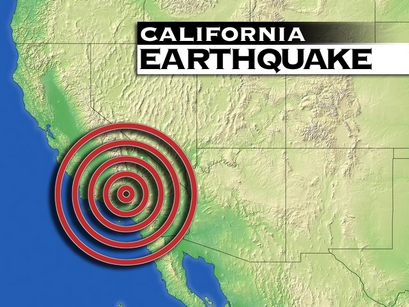PREPARATION: A newly tested early warning system gives notice before an earthquake strikes.
By Hannah Lerstad, Staff Writer
On 11 March 2013, early warning seismic sensors detected a 4.7-magnitude earthquake near Anza, California and gave a 30-second warning to Caltech Pasadena seismologists. This was the early warning system’s first demonstration of its effectiveness and reliability.
Although the system inaccurately projected the magnitude at 5.2, it was effective in giving several seconds’ warning, which was its main goal. The countdown was accurate and seismologists were able to physically detect the predicted quake at the time the system projected.
The system can give advance notice ranging from just a few seconds to a full minute, depending on the proximity of the quake to the location receiving the notice. The sensors detect an earthquake’s initial “P” waves and give a countdown to the “S” waves, which are the waves typically felt in an earthquake.
Scientists hope to expand the early warning system to alert schools, firehouses, hospitals, businesses and even homes. They also want to initiate a way to alert workers dealing with hazardous materials, slow down trains to prevent derailment and give utilities a chance to shut down. Another approach is to send out texts, e-mails and other electronic notifications to the public so people have time to take cover.
However, the early warning system is only effective for cities some distance from the epicenter. Any city at the center of an earthquake would not benefit from the system because there would not be enough time to respond.
Caltech scientists hope that if the system is funded by the California state government it will be operational within two years.
Picture courtesy of cityoftemecula.org

